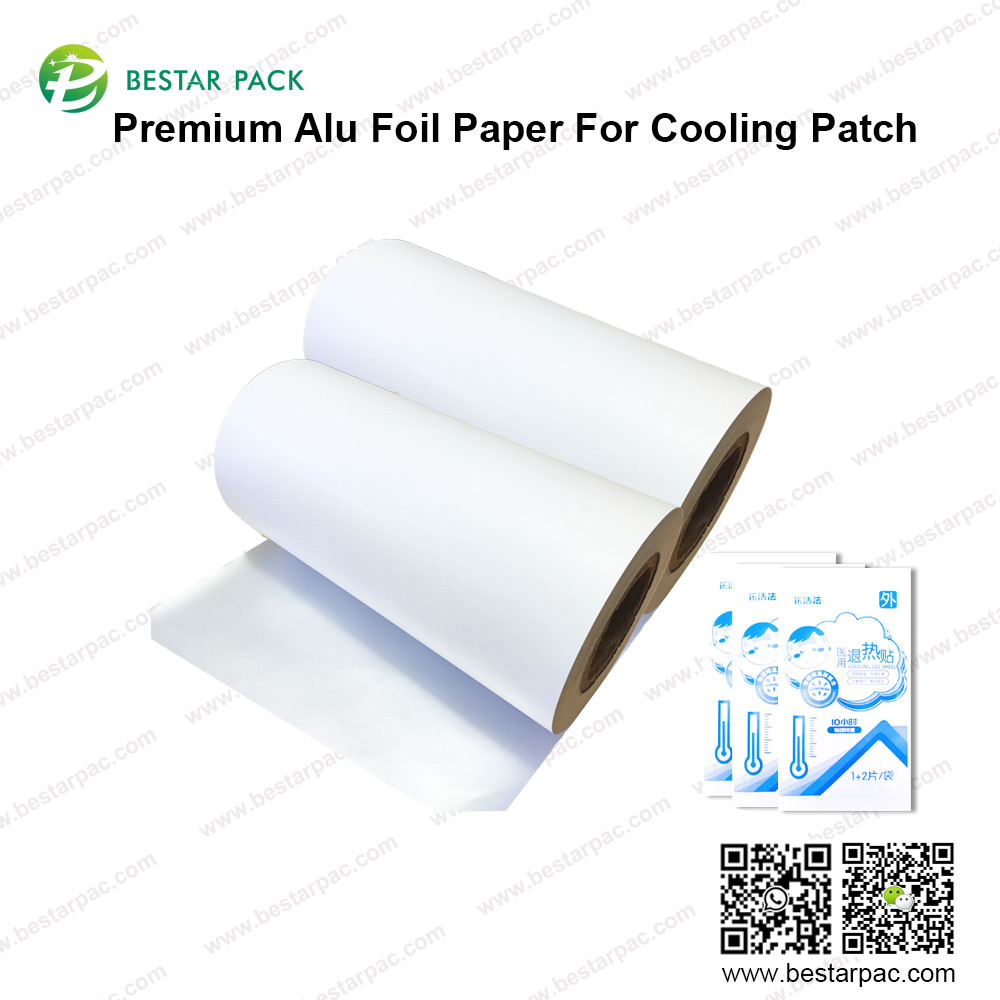Overview of Alu Foil Paper
2024-05-11
Aluminum foil paper, often referred to simply as aluminum foil or foil paper, is a thin sheet of aluminum metal that's been processed into a flat, flexible material. It's commonly used in cooking, food packaging, insulation, and other applications due to its unique properties. Here's an overview:
1. Thickness and Strength: Aluminum foil paper is available in various thicknesses, typically ranging from around 0.2 to 0.5 millimeters. Despite its thinness, aluminum foil is surprisingly strong and tear-resistant, making it suitable for a wide range of applications.
2. Heat Conductivity: Aluminum foil has excellent heat conductivity, allowing it to distribute heat evenly when used for cooking or baking. It's commonly used to wrap food for cooking in ovens or on grills, helping to retain moisture and flavor while protecting the food from direct heat.
3. Flexibility and Malleability: Aluminum foil paper is highly flexible and can be easily shaped or folded to wrap around objects of various shapes and sizes. Its malleability makes it ideal for packaging perishable goods, covering containers, or forming trays and pans for baking.
4. Barrier Properties: Aluminum foil paper acts as a barrier against light, moisture, oxygen, and other contaminants, helping to preserve the freshness and quality of packaged goods. It's commonly used in food packaging applications to extend shelf life and prevent spoilage.
5. Insulation Properties: Aluminum foil paper has excellent insulation properties, reflecting heat and blocking the transfer of cold or hot temperatures. It's used in insulation applications for buildings, pipes, and electrical wires to conserve energy and maintain temperature control.
6. Hygiene and Safety: Aluminum foil paper is hygienic and safe for food contact, meeting regulatory standards for food packaging materials. It's resistant to bacteria, odors, and grease, making it ideal for wrapping and storing food items.
7. Decorative and Craft Uses: Aluminum foil paper is often used for decorative purposes in crafts and DIY projects. Its shiny surface can be embossed, stamped, or painted to create unique designs for art projects, decorations, and gift wrapping.
8. Recyclability: Aluminum foil paper is recyclable and can be reused or repurposed after use. Recycling aluminum foil helps conserve natural resources and reduce energy consumption compared to producing new aluminum from raw materials.
Overall, aluminum foil paper is a versatile material with a wide range of practical uses in cooking, packaging, insulation, and crafting. Its combination of strength, flexibility, barrier properties, and recyclability makes it an essential item in households, restaurants, industries, and creative endeavors worldwide.



